Why DNA Testing?
Sometimes when it comes to your family tree, there are genetic questions you just need answers to.
- Is he the father?
- Is this my child?
- Are these my parents?
- I took an Ancestry DNA test, and/or a 23andme DNA test, now what?
When these genetic questions arise, you have many different options. One of these options is a home DNA test. Home DNA testing offers a convenient, affordable, and accessible option for people who don’t want to wait weeks for results or spend hundreds of dollars on a visit to their doctor.
About Our DNA Testing
Our DNA testing kits are easy to use, done with a simple cheek swab, and guarantee 99.99% accuracy. We test 24 DNA markers, the highest in the industry! Most other DNA labs test 16 or 21 markers.
Our lab is located in the United States and is AABB Accredited, meaning it is held to the highest standards of accuracy and proficiency in DNA testing. In fact, our Home DNA Tests are performed in the same laboratory as our Legal DNA Tests, all tests include the same level of accuracy.
And bonus, My Forever DNA test results are fast and can be returned via email, mail, or by phone within 1-3 business days. You choose how you’d like your results.
How Does DNA Testing Work?
How does it work, and can you really trust an at-home test to be as accurate as one performed in a doctor’s office?
DNA testing is not as complicated as you might think. Understanding how the collection process and testing works may help you decide if this is the right option for you.
DNA is almost identical between all people. We all share 99.99% of the same DNA, however, portions of the genetic makeup can vary from person to person (like a fingerprint).
Everyone receives half of their genetic makeup from their mother and half from their father. During DNA testing, the unique characteristics of DNA from the child and mother are compared. Those characteristics that do not overlap from child to mother then must have been inherited from the father. When comparing DNA between the child and potential father, if these characteristics match up, analysts can determine the likelihood that the man is the biological father.
Historically, paternity was difficult to determine. Blood type testing became the primary method for determining paternity, which compares the mother’s and potential-father’s blood types with the child’s in order to identify a match.
The most commonly-used and simplest method of collecting samples for DNA testing today is a buccal (cheek) swab test. This type of testing is far less invasive than a blood test and results in a higher level of reliability for test results.
There is no minimum age for testing children and it is a pain-free process. Testing materials typically include:
- Buccal swabs for collecting DNA
- Clean paper envelopes to store the samples and mail to the lab
- Customer information for receiving confidential results
- Tape to seal the envelopes (to not contaminate samples with other DNA)
During buccal swab testing, a special swab is used to collect cells by rubbing vigorously on the inside of the cheek for 30-60 seconds. Those samples are sent to a lab where they are inspected for any signs of tampering or contamination. Then, the DNA samples are analyzed for a match between the child and potential father (or grandparent, aunt, uncle, or sibling).
Finally, the results are returned via email, mail, or by phone within 1-3 business days.
Paternity DNA testing is a personal process that can help you answer some of life’s bigger questions. Trust these questions to a reputable company with a proven track record!
To purchase an at-home DNA testing kit or even Make Your Own, click below to view all of our products made to suit your needs!






